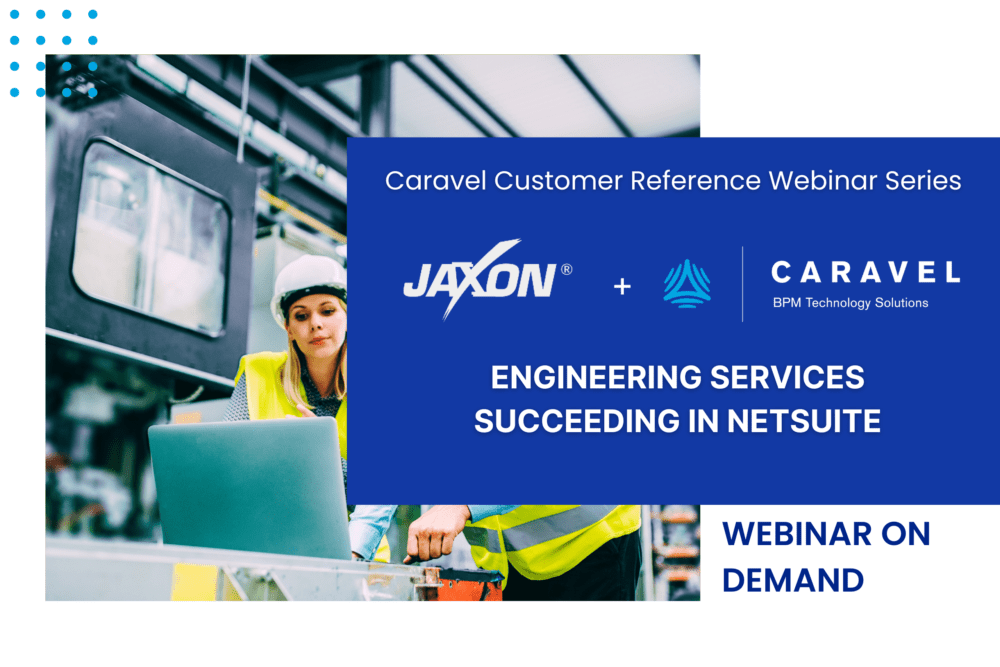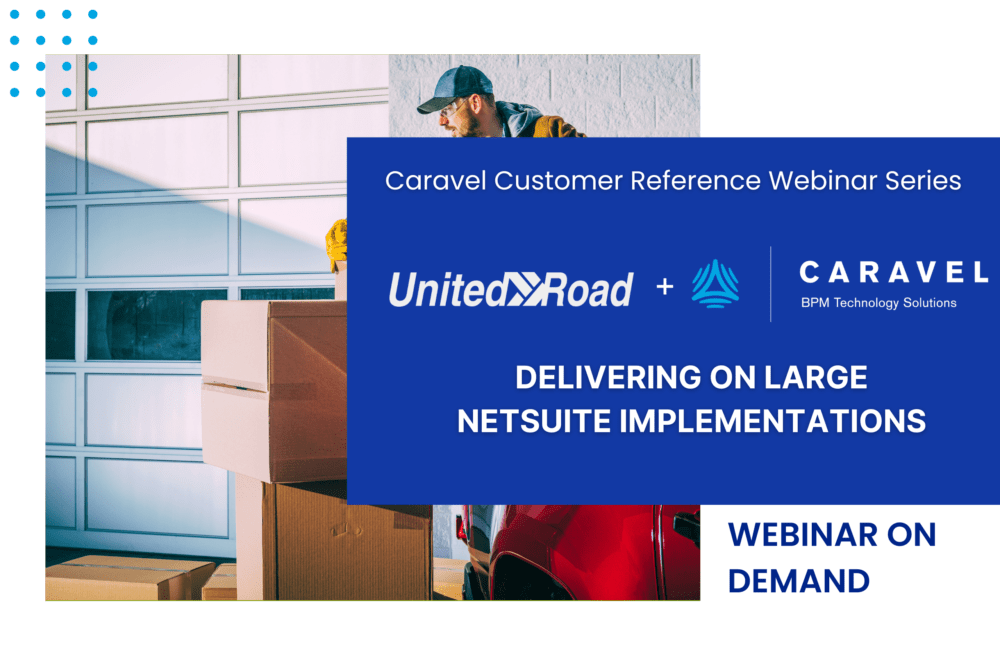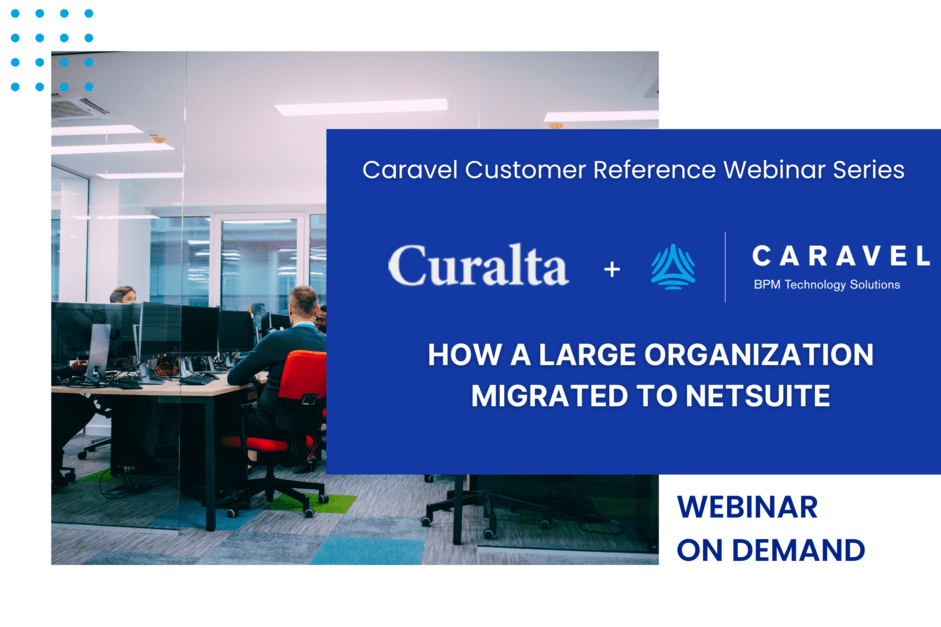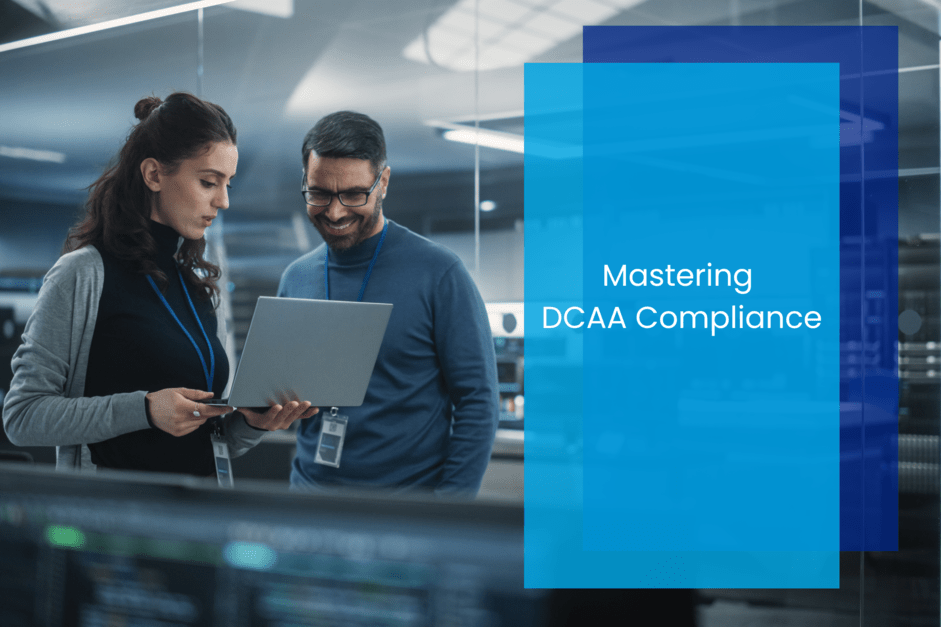Meeting DCAA Requirements
Automation in lieu of manual processes is a no-brainer in facilitating compliance with DCAA requirements. Unmatched by spreadsheets, an automated and singular solution approach to time entry, labor costs, accounting, billing, and reporting will not only bring various departments on the same page but will also greatly facilitate compliance and communication. Disparate systems—such as utilizing QuickBooks and spreadsheets—only make compliance more difficult.
“Many organizations have relatively complex percentage-based calculations based off cost pools,” notes Tillotson, “and if mistakes are made, it throws off the reporting. Automating these processes eliminates the potential for these types of errors. Time spent on manual processes requires a significant amount of effort compared to automated processes.”
Let’s review some of the compliance requirements:
Timekeeping
Tracking time is essential for DCAA compliance, as this data is the foundation for reporting. Time reporting, daily time entry, time approval, time entry updates, cost pool association, and employee training are all required for best practices as laid out by the DCAA. The DCAA will occasionally conduct random checks at the vendor’s site, where they will speak with employees and inspect time sheets to ensure they’re completed daily.
Cost Segmentation
As part of qualification for compliance, companies are required to classify costs as direct or indirect; direct costs are grouped separately from those that are indirect. Direct costs are traced to specific projects, while indirect costs are shared resources across internal activities (e.g., R&D, Bid and Proposal, Operations). This allocates what the contract is responsible for in terms of operational overhead.
Financial Management
An accurate view of the financial performance of each project must be clearly laid out. Recording what was spent, as well as classifying expenses and revenue by category (e.g., rent, accounting, or services) is essential. Tracking and separating allowable costs (reimbursable by the government) from unallowable costs (cannot be charged to the government) must also be recorded and reported.
Labor Distribution
This report relays the hours worked and cost per employee and is divided by project and cost pool.
FAR and CAS Compliance
Government contractors must also be consistent with Federal Acquisition Regulation and Cost Accounting Standards to comply with the DCAA. Accounting practices must be disclosed along with evidence of compliance.
These requirements prevent fraudulent billing; by default, they become legal documents and must be accurate. Promoting transparency and accountability is essential to DCAA compliance. “When it comes to reporting to the DCAA, manually filling out forms and spreadsheets takes an exorbitant amount of time, whereas an automated system will generate it for you for every single invoice, as well as for any on-demand reporting needed,” says Tillotson.
A Complete Compliance Solution
A unified, cloud-based ERP, together with a fully integrated DCAA solution, will enable government contractors to carry out all the above requirements smoothly.
For NetSuite users, meeting regulatory requirements set forth by the DCAA can be achieved through Caravel’s DCAA Compliance SuiteBundle, which controls common variables across various businesses. Although NetSuite is a GAAP-compliant accounting system, there are key regulations to which it does not comply. The SuiteBundle is built directly into NetSuite to supplement the functionality necessary for DCAA compliance.
Join the DCAA subject matter experts at Caravel on March 29, 2024, in a live webinar where we will show you how to master compliance in NetSuite. Register here.













